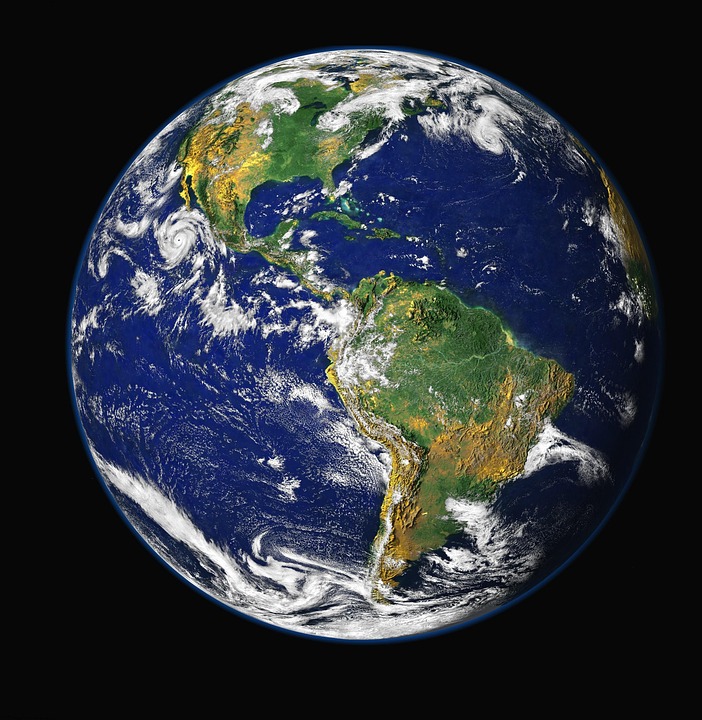
Christopher Nolan’s Interstellar is a thought-provoking sci-fi movie that tells the story of a group of astronauts who travel through a wormhole in search of a habitable planet for humanity’s survival. But aside from the thrilling space exploration, the film also tackles the concept of time, how it affects us, and how we perceive it. In this article, we’ll delve deeper into the science of time in Interstellar.
The Theory of Relativity
Interstellar’s portrayal of time is based on the scientific concept of the theory of relativity. This theory, developed by Albert Einstein, describes time as relative and not absolute. It posits that time, space, and matter are intertwined and that time can be warped or affected by gravity.
In the movie, the crew of the Endurance spacecraft travels to a planet orbiting a black hole, where time is extremely warped due to the black hole’s immense gravitational pull. This means that on the planet, an hour there is equivalent to seven years on Earth, which has a significant impact on the characters’ lives.
Time Dilation
The phenomenon of time dilation is also a crucial aspect of Interstellar’s science of time. Time dilation occurs when time passes differently for objects that are moving at different speeds or in different gravitational fields.
This is shown when the main character, Cooper, and his crew take off from Earth and travel at high speeds through space. As they approach the black hole, they experience severe time dilation, where time slows down for them relative to time on Earth. This means that while only a few hours pass for them, several years pass on Earth.
The concept of time dilation is crucial to the narrative of the movie as it causes significant plot developments and emotional moments for the characters. Cooper’s daughter, Murph, grows up and becomes an aged woman due to the massive time difference between Earth and the planet the crew travels to.
Time as a Dimension
Interstellar also explores the concept of time as a dimension. In the movie, Cooper is sucked into a black hole where he experiences a higher dimension, allowing him to manipulate time and communicate with Murph, who is back on Earth, through gravity.
This idea of time as a dimension is just one of the many thought-provoking ideas presented in the movie, inviting audiences to consider the possibility that time is not just a human construct but is a fundamental aspect of the universe.
In conclusion, the science of time in Interstellar is a fascinating topic that showcases Christopher Nolan’s exceptional storytelling skills and understanding of scientific concepts. Through the characters’ journeys, the movie invites viewers to reflect on how we perceive time, the impact it has on our lives, and the possibility of time existing beyond what we typically can conceive. Interstellar is a prime example of how science fiction can inspire us to think deeply about the mysteries of the universe.